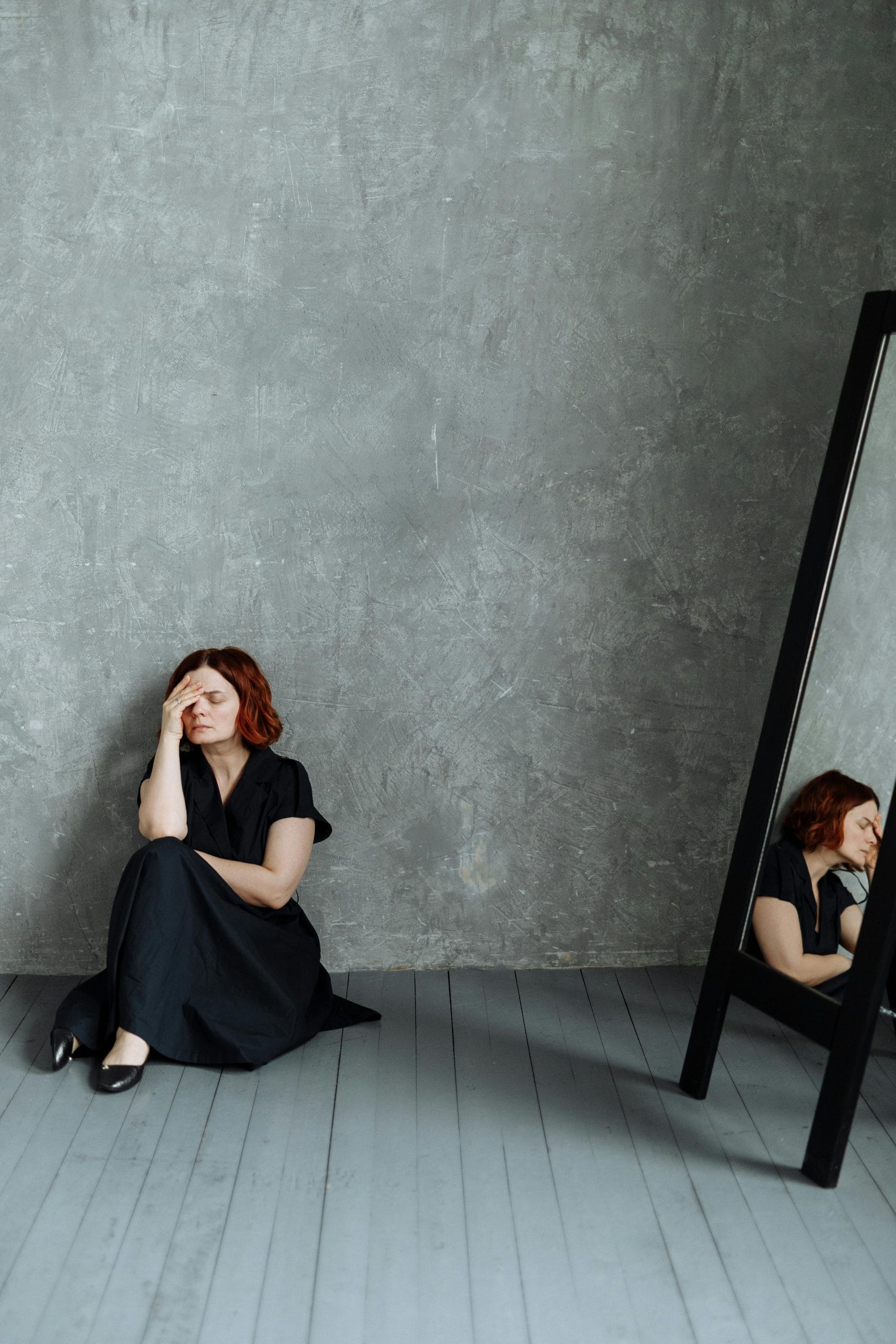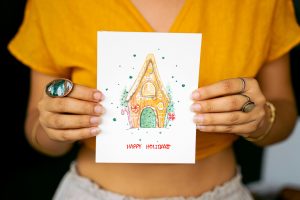Am I the Problem? Understanding the Complex Truths
We’ve all had moments when things go wrong, and a persistent thought creeps in: Am I the problem? For anyone willing to look at themselves with honesty, this question can be a crucial step toward self-growth. But the answer isn’t always simple. The desire to understand our own role in conflicts, missed opportunities, or recurring patterns is deeply human, and it shows a desire for real, lasting change.
Yet, as we reflect, how can we tell whether we’re truly at fault or just doubting ourselves? In this article, we’ll explore the nuances behind asking, Am I the problem? We’ll dig into psychological and cultural insights, analyze the social impact of self-doubt, and present practical strategies for self-reflection and improvement.
Our focus keyword here, “Am I the problem?” is something that resonates with people dealing with recurring issues in relationships, work, or personal goals. Often, the hardest truths we face can be the ones we need to accept to transform ourselves.
By understanding the deeper dynamics of self-questioning, we can break unhelpful patterns, grow personally, and ultimately feel more empowered and resilient.
Why We Ask, “Am I the Problem?”
There are a few common reasons people question their own role in difficult situations. This reflection often stems from patterns—especially if we notice similar issues arise in different areas of life. Maybe it’s persistent conflicts at work, tensions in friendships, or struggles in personal relationships. When issues recur, it’s natural to ask if the problem could be us.
For instance:
- Chronic Conflicts: When you’re constantly clashing with friends, colleagues, or loved ones, it can indicate deeper, unexamined issues in communication or behavior.
- Lack of Progress: Feeling stuck in life or constantly missing goals may lead to the realization that some internal barriers need to be addressed.
- Feedback Loops: If others repeatedly give similar feedback, it might mean there’s truth in their words, which could lead to meaningful self-improvement.
Yet, self-blame isn’t always fair or healthy. Reflecting on your own actions without falling into a cycle of unnecessary guilt is the key. Understanding whether self-reflection is constructive or harmful can be challenging, but this is where clarity and mindful introspection can help.
The Psychological Roots of Self-Doubt
Self-doubt, when excessive, can cloud our judgment and prevent us from seeing situations clearly. It often stems from early experiences, where criticism or lack of support made us feel unworthy. Some people develop a pattern of over-apologizing or feeling at fault because they were taught to prioritize others’ needs over their own.
Psychological research shows that early life experiences, such as parental criticism or high expectations, can lead to “negative attribution styles.” This means that some people are more likely to blame themselves for negative outcomes, even when circumstances are beyond their control.
Here’s where the narrative splits: some people spiral into over-self-blame, while others may brush off accountability entirely. To find balance, we need to be both honest and kind to ourselves.
The Role of Cognitive Biases
Cognitive biases also shape our self-perception. The fundamental attribution error makes us view others’ mistakes as part of their personality, while we see our own errors as circumstantial. Meanwhile, confirmation bias may lead us to ignore or forget times when we weren’t at fault. This makes self-analysis tricky because biases obscure our view. We need to actively work to challenge these biases to see the truth in a balanced way.
Self-Reflection or Self-Blame? Learning the Difference
One of the most important aspects of asking, Am I the problem? is learning to reflect without slipping into self-blame. Self-reflection helps you grow; self-blame, on the other hand, drains your self-esteem and confidence. But how do we distinguish between the two?
- Constructive Self-Reflection: This approach allows you to examine your actions, look for patterns, and identify areas where you might need to improve. It’s a balanced look at your behavior without over-personalizing failures.
- Destructive Self-Blame: This is often emotional, exaggerated, and may involve assigning yourself blame without evidence. If you feel a heavy sense of guilt or shame that seems disproportionate, it might be a sign of self-blame rather than productive reflection.
Signs It’s Time to Look Inward
While self-doubt can sometimes be unnecessary, there are signs that a deeper look inward may be warranted. Here are some indicators that self-reflection might be needed:
- Patterns of Repeated Issues: If the same types of conflicts keep surfacing, it’s worth examining if there are behavioral habits contributing to these patterns.
- Multiple Sources of Feedback: If more than one person has shared similar feedback, especially if they’re people who care about you, it might be a clue.
- Intuition and Discomfort: Sometimes we sense a gap between our actions and our intentions, feeling a disconnect that hints we’re not aligned with our values.
When faced with these signs, it’s helpful to approach them with curiosity rather than judgment. Being open to the idea that we might have room to grow is a sign of strength, not weakness.
Strategies for Productive Self-Reflection
The key to effective self-reflection is structured thinking. Here are some strategies to help you question, Am I the problem? Without falling into self-doubt traps:
- Journaling: Write down your experiences, focusing on the facts rather than judgments. Journaling helps clarify thoughts and reduce the mental noise that clouds perception.
- Seeking Feedback: Ask for constructive feedback from people you trust. Sometimes, we can’t see our own behaviors clearly until someone else points them out gently.
- Mindful Observation: Practice mindfulness to notice thoughts and feelings without judgment. If you find yourself feeling defensive or guilty, pause and examine why.
- Therapeutic Support: If you’re struggling with recurrent self-blame, therapy can provide an objective, supportive environment to unpack these feelings and identify helpful patterns.
- Creating Actionable Plans: After self-reflection, make a plan for small, concrete changes. This helps shift focus from self-blame to growth, giving you a sense of control and purpose.
Beyond the Self: The Cultural Impact of Self-Doubt
Self-doubt doesn’t exist in isolation. Culturally, we’re influenced by social expectations and media portrayals that often lead us to doubt ourselves. High standards in society, like “hustle culture” or constant productivity, can exacerbate feelings of inadequacy. In a world that prizes perfection, people often feel pressured to ask, Am I the problem? instead of recognizing that some pressures are external and unrealistic.
Social Media and the Comparison Trap
Social media compounds these feelings. Constant exposure to others’ curated lives can make us feel as if our own struggles are signs of personal failure. However, understanding the limitations and artificiality of social media can help reduce self-doubt.
Remember, people don’t often post their low moments or internal battles. Comparing ourselves to others’ highlights is not only unrealistic, but it can also be damaging to self-esteem.
Why Recognizing Patterns Matters
When we ask ourselves, Am I the problem? it’s a powerful moment of introspection that can lead to meaningful change. This question can open doors to understanding the habits, beliefs, and reactions that shape our lives. Instead of seeing it as a negative question, view it as an invitation to grow, to refine, and to live more in line with your values.
However, there’s a deeper impact here too. On a societal level, a culture of self-awareness can lead to healthier communities and relationships. When individuals recognize their role in conflicts and take responsibility for growth, we create more empathy and understanding in our social circles. It reduces conflict and fosters connection.
Moving from “Am I the Problem?” to “How Can I Grow?”
Asking Am I the problem? is just the start. The next question to ask yourself is, How can I grow? By moving from introspection to action, you open yourself to real, positive change.
- Develop Emotional Intelligence: Understanding your emotions and how they influence your actions will lead to healthier responses.
- Cultivate Resilience: Growth requires resilience. Embrace setbacks as learning opportunities, not signs of failure.
- Build Empathy: Recognizing your own flaws helps you empathize with others, creating better connections and deeper understanding.
The Journey from Self-Doubt to Self-Understanding
In the end, asking Am I the problem? is one of the most valuable questions we can pose to ourselves. This question encourages us to reflect deeply, to examine our actions honestly, and to take responsibility for our impact on others. However, this journey should be filled with compassion, not criticism.
By moving from self-doubt to self-understanding, we open doors to lasting personal growth, stronger relationships, and a more meaningful life.
Upgrade your personal and professional growth to new heights!
Our Advanced Personal Growth Course, offers proven strategies and actionable insights to fuel your success. Don’t wait to unlock your full potential. Join today and start your journey of growth and self-improvement!







